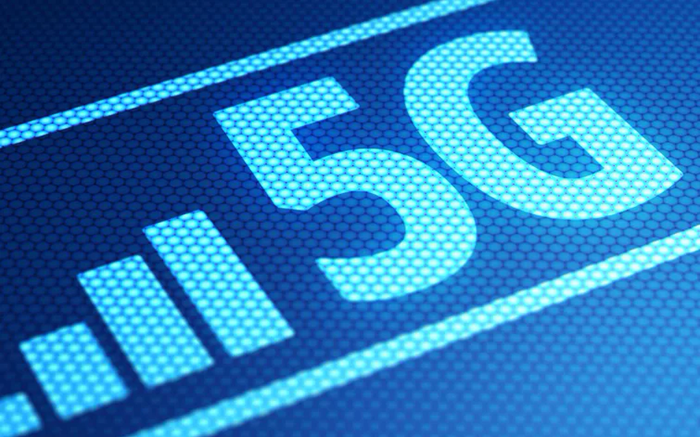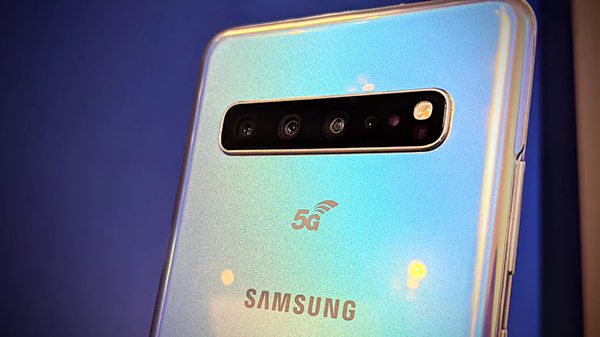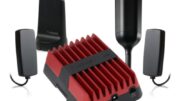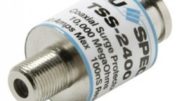Maybe. Probably. Sort of. It’s harder than ever to separate fact from fiction when it comes to 5G. So, let’s start at the beginning and work our way to the real answer to this question.
What is 5G?
5G is a collection of technologies that, when completely implemented, will give us internet speeds and access far beyond what we have today. It’s the latest evolution of the digital cellular standards that started with GSM in the early 1990s. Most phones today can’t handle 5G yet, but the phones we’ll all be jonesing for next year certainly will.
5G allows for faster speeds regardless of the frequencies used. It uses all the new technologies like carrier aggregation and MIMO antennas to create a seamless, blazing fast internet experience.
One of the real key improvements in 5G is lower latency. Latency is the measure between when you ask for something and when you get it. It’s the most important measure of internet communications, really. Raw download speed is great — and 5G will bring speeds of up to 1,000Mbps to the table — but improving the time lag is going to make the internet feel a lot faster for everyone, all the time. Low latency is also going to make it possible to do things like real-time, networked, self-driving cars. It will make it possible for everyone to understand the world around them in a completely new way.
In short, 5G is incredibly exciting.
Why don’t we have 5G now?
5G is slowly rolling out all across the country. There are three things which have slowed 5G’s adoption up to this point.
First of all we all want a good phone. It’s not enough to have some noname phone with an old version of Android. That may have worked in the past but today we’re all pretty much tied to the high-end hardware we love.
Samsung has their Galaxy S10 5G which is sure to please the Android folks, but Apple won’t have a 5G phone until next year. Although Android runs the world, Apple still plays the role of “influencer” and at least for now no technology has really “made it” until Apple embraces it.

Then, we have to worry about those frequencies getting freed up. While you can absolutely do 5G with today’s frequencies (and more on that in a minute) it’s easiest right now to implement 5G on those new, wide open frequencies that used to house TV channels.
The FCC repack will be going on until next July and that’s holding back widespread 5G adoption. As local broadcasters abandon those frequencies, cell providers are free to come in and start the work of rolling out 5G on the 600MHz band.

We’ll see the real potential of 5G when cities and towns start rolling out millimeter-wave 5G. This is 5G cellular on frequencies up in the Ka band. It’s a lot harder to do than today’s 5G. It takes more power from the phone and you’ll need a tower about every half-mile, sometimes less. But this wide-open frequency range will let people experience the true potential of 5G in a way that they never have before.
The problem right now is multilayered. Cities and towns need to license a lot more towers. Providers have to do the buildout. And, we need a phone that actually works. Right now all that is in the prototype stage and it could be a while before we all figure out how to get there. But rest assured, we will.
Hey I thought you were going to talk about cell boosters.
Yep, thanks for reminding me.
Today’s cellular signal boosters are licensed to work with the cellular bands we work with today. Most boosters have some variation of this list on their spec sheets:
700 MHz (Band 12/17 )
700 MHz (Band 13)
850 MHz (Band 5)
1700/2100 MHz (Band 4)
1900 MHz (Band 25/2)
These are the frequencies that most cell boosters amplify. The 600MHz 5G band isn’t there, and neither is the millimeter-wave band. So does that mean you can’t use a cell booster with 5G?
While that may be initially true, every carrier has plans to implement 5G on its existing bands. That means when 5G has fully rolled out, you should be able to get a boost using today’s cell boosters. Until then, they’ll continue to work with 4G/LTE which gives you great voice service and pretty darn impressive data.
Either way you’ll do great. A cellular signal booster is going to give you better service throughout your home or office. All you need to do is choose the right booster at SolidSignal.com.






